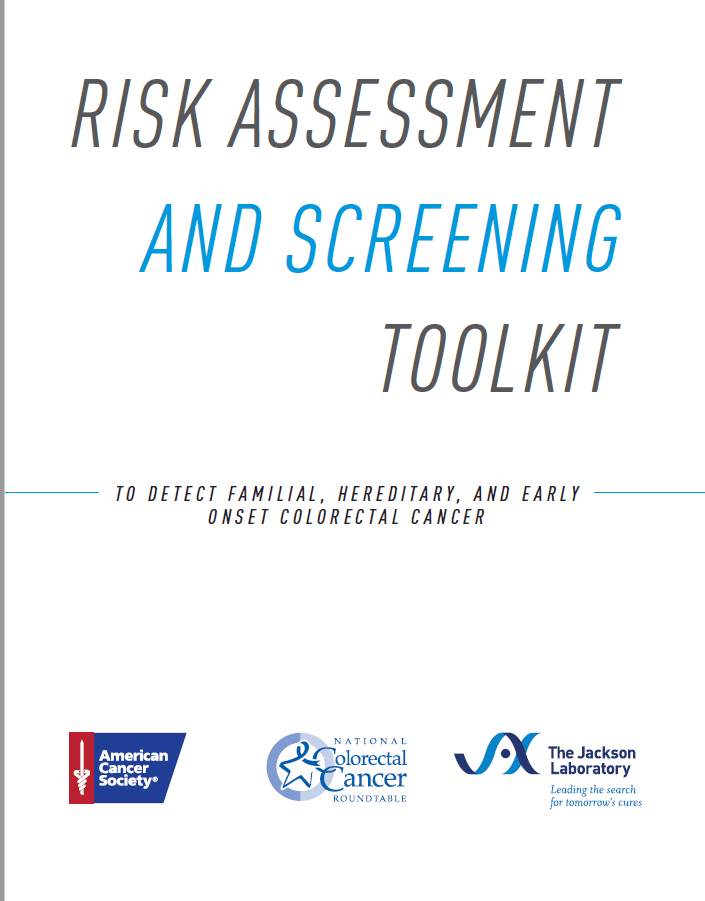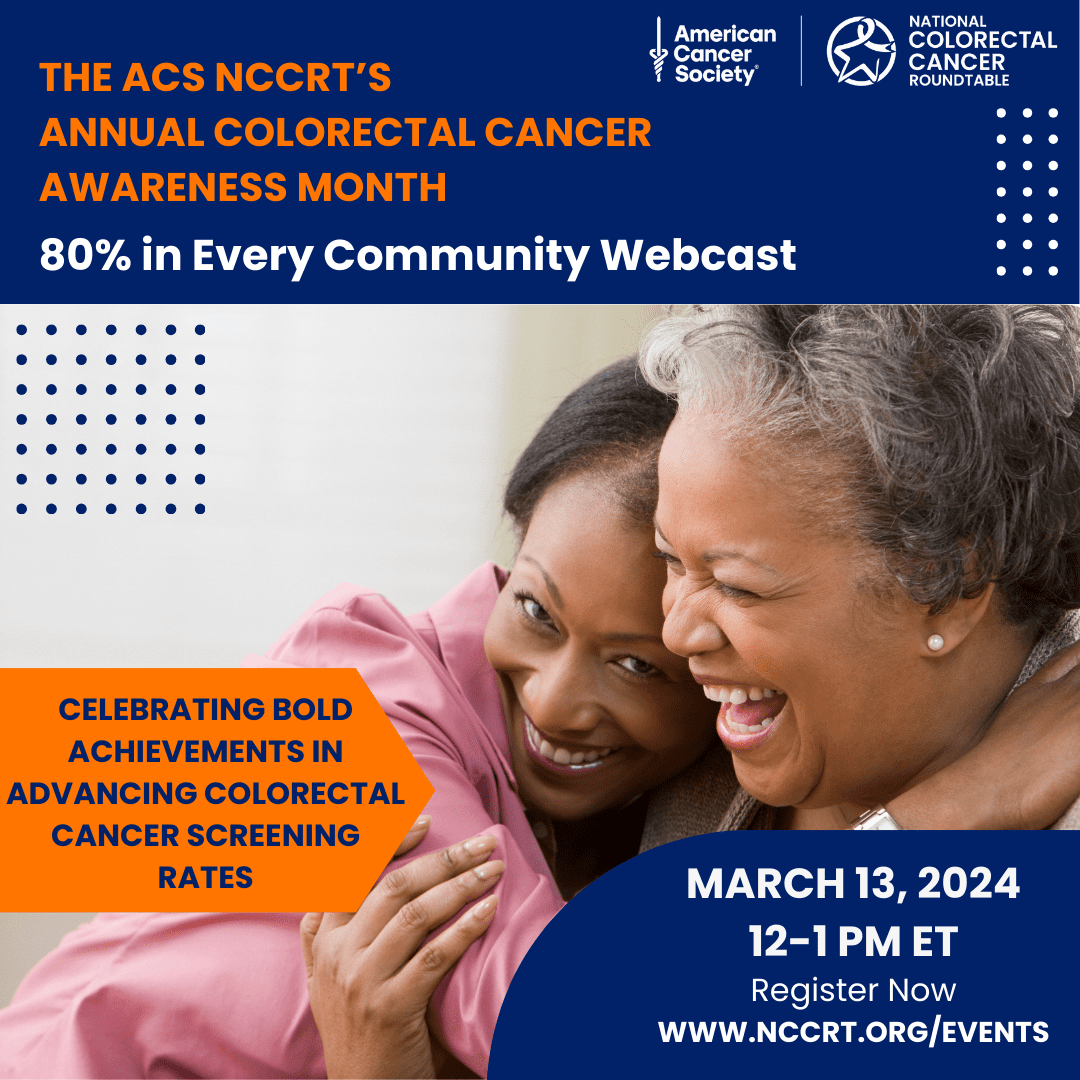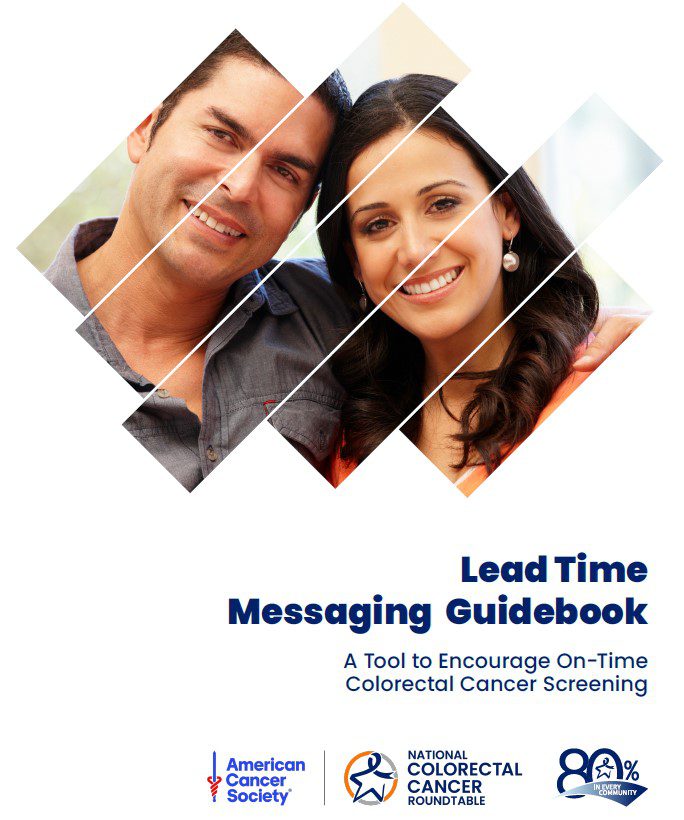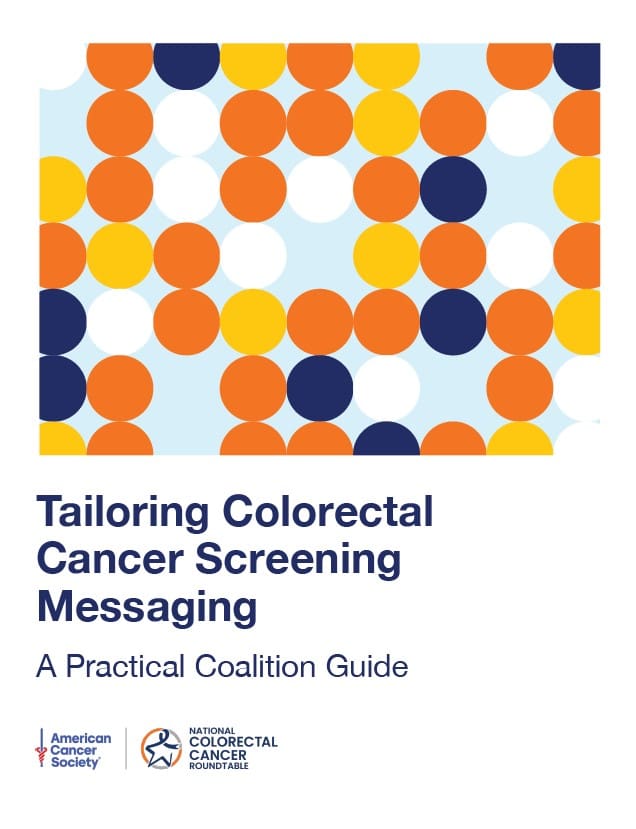Risk Assessment And Screening Toolkit To Detect Familial, Hereditary And Early Onset Colorectal Cancer

Risk Assessment And Screening Toolkit To Detect Familial, Hereditary And Early Onset Colorectal Cancer
Limited or inaccurate family history collection and risk assessment is a major barrier to successful cancer screening. Individuals who have a first-degree relative with colorectal cancer (CRC) are at least two times more likely to develop CRC, with the risk increasing with earlier ages of diagnosis and the number of relatives diagnosed with CRC. Therefore, screening and prevention efforts must focus on those with familial or hereditary risk, which requires collecting the necessary family history information for risk assessment. Primary care clinicians play a pivotal role in identifying people at increased CRC risk and facilitating recommended screening.
This new NCCRT toolkit aims to improve the ability of primary care clinicians to systematically collect, document, and act on a family history of CRC and adenomas polyps, while also educating clinicians on the need for more timely diagnostic testing for young adults who present with alarm signs or symptoms of CRC and ensuring that those patients receive a proper diagnostic work up. This toolkit serves as a comprehensive, step-by-step guide to improve operations within practices and suggests many useful resources and tools to aid these changes.
Companion Quick Start Guide
Accompanying the full toolkit is a short, quick start guide with recommendations on how to ease into the transition process, while still making the critical improvements necessary for successful system-wide implementation.
Thank you to the outstanding work and guidance provided from the NCCRT Family History and Early Age Onset Colorectal Cancer Task Group and the smaller project advisory group. Also, thank you to the excellent work from our project developers at The Jackson Laboratory.
Explore More

2024 National Colorectal Cancer Awareness Month Webcast
The 2024 National Webcast celebrated national achievements and to hear the latest state of the field updates that inform the ACS NCCRT's work.

2023 Lead Time Messaging Guidebook
This Guidebook is intended to provide you with information and tools to motivate individuals at average and heightened risk for CRC to discuss screening prior to the recommended screening age. Our belief is that this will increase the likelihood that they will prioritize getting screened on-time for CRC.

Tailoring Colorectal Cancer Screening Messaging: A Practical Coalition Guide
This step-by-step guide is targeted at coalitions who are looking to make highly effective campaigns to increase colorectal cancer (CRC) screening rates in their communities, especially for those hardest to reach, illustrated by case studies.